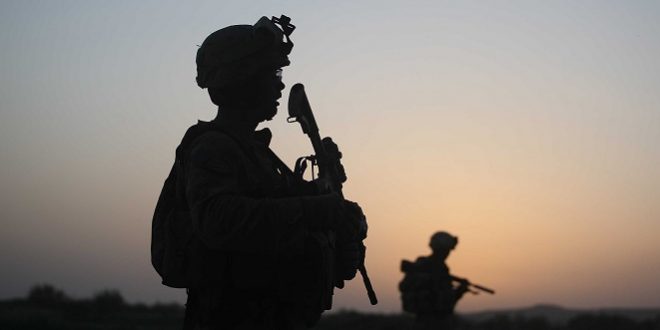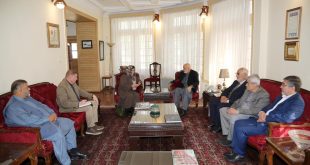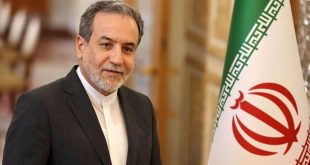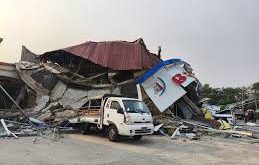AT Monitoring Desk
KABUL: In a blunt assessment Wednesday, the top U.S. general for the Middle East told Congress it will be extremely difficult but not impossible for the U.S. to find, track and take out counterterrorism threats in Afghanistan once all American troops are withdrawn.
Gen. Frank McKenzie, head of U.S. Central Command, said that armed drones, which can now get to a location within minutes from bases in Afghanistan, will have to be positioned much farther away. And he acknowledged that the U.S. has no agreements yet with neighboring countries to base troops, but is working on a plan.
“I don’t want to make light of it, I don’t want to put on rose-colored glasses and say it’s going to be easy to do,” McKenzie told the House Armed Services Committee, adding that if the U.S. needs to go back into Afghanistan because of a threat, it will require significant intelligence support. “It will be harder to do that, it is not impossible.”
McKenzie declined to say what recommendations on Afghanistan he gave to President Joe Biden, who last week ordered the full withdrawal of the more than 2,500 remaining U.S. troops by Sept. 11. He said he had full opportunity to provide his advice to the president.
U.S. officials have made it clear, however, that military commanders did not recommend the full, unconditional withdrawal. Military leaders have consistently argued that pulling troops out by a certain date eliminates pressure on the Taliban and weakens U.S. leverage in the peace talks with the group.
McKenzie told lawmakers that the U.S. would have several options if it needs to hit a target, including a long-range strike or the use of manned aircraft or a raid by ground forces, which would be “inherently dangerous.” Lawmakers pressed him for details and he said he would provide more specifics in a classified session.
 Afghanistan Times
Afghanistan Times




